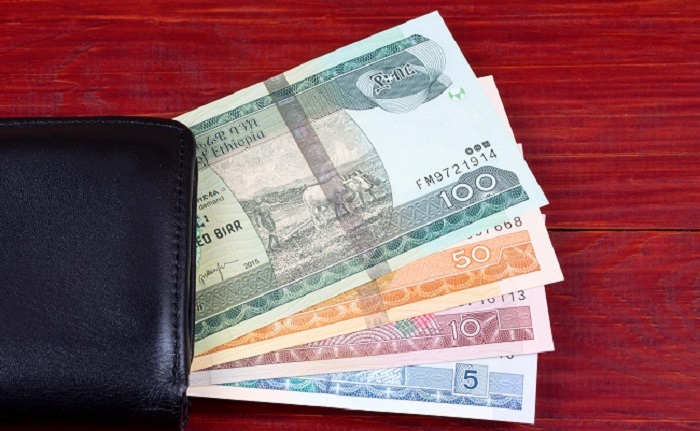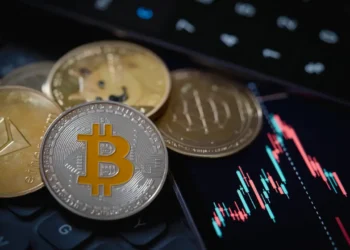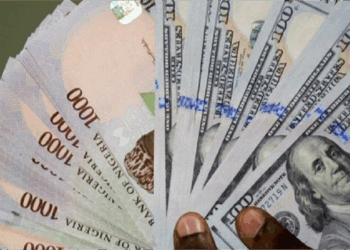In Ethiopia, rising inflation and a scarcity of dollars are driving up the price of US dollars on the black market, encouraging more people to embrace cryptocurrencies.
The birr was trading at 82 per dollar on the black market on June 6, down 26% since the beginning of last month, according to Bloomberg. However, the official rate of the Ethiopian currency is now 51.56 birr per dollar at the time of writing down 6% within a month.
The Ethiopian National Bank (NBE) has stated that cryptocurrencies are not a legitimate form of payment and that residents should avoid using them. The bank claims that only the local birr money can be used to settle transactions in Ethiopia.
What you should know
- Ethiopia, like many of its African neighbours, has not outrightly prohibited the usage of cryptocurrencies, opting instead for a wait-and-see strategy. The Ethiopian government, on the other hand, has not been deterred from building a working partnership with Cardano as a result of this strategy.
- Cardano has been assisting Ethiopia’s Ministry of Education intending to build a blockchain-based universal student credentialing system.
- The Input-Output Global (IOG), the team behind Cardano, said in a recent announcement on YouTube that it is set to launch the blockchain project being built for the Ethiopian Ministry of Education.
- The embrace of Cardano as well as the government’s apparent warming to blockchain technology has not stopped the NBE from repeating the claim that cryptocurrencies are primarily used for money laundering schemes.
- Consumer prices jumped 37% on an annual basis in April, primarily due to rising food and gasoline expenses, and costs have continued to grow as Russia’s war with Ukraine drags on.
- To combat price pressures, the government has curtailed spending and restricted foreign-exchange allocations to the private sector, prompting an increasing number of importers to turn to the black market.
- A civil conflict that broke out in late 2020, costing Ethiopia donor funding and duty-free access to US markets, as well as supply-chain difficulties caused by the coronavirus pandemic and terrible drought, have contributed to the currency’s strain.























